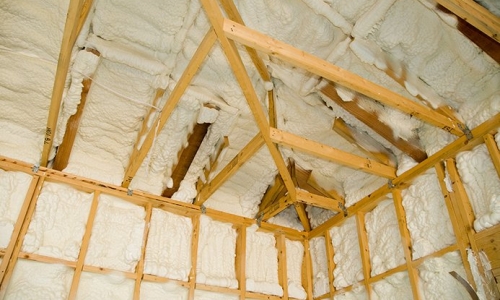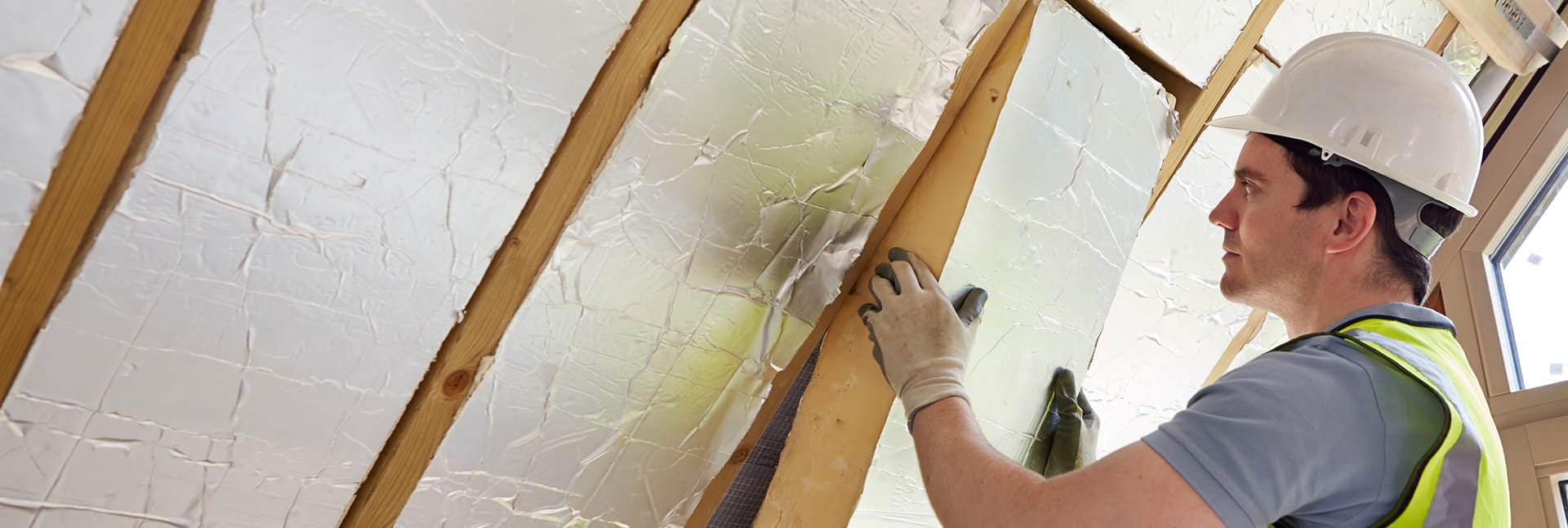Open Cell Vs. Closed Cell Spray Foam Insulation

Spray foam insulation is one of the most popular insulation methods out there—and why wouldn’t it be? Spray foam insulation is long lasting, has a high R-value, and can even increase your home’s energy efficiency. So, for many home and business owners, spray foam is the natural choice.
Even so, not all spray foam insulation is the same. Though you might not know it, there are actually two types of spray foam insulation: closed cell and open cell. But what’s the difference? And, how could that difference impact you?
Today, we’re exploring the differences between open cell and closed cell spray foam insulation.
Open Cell: Letting Your House “Breathe”
In a nutshell, spray foam insulation works by expanding into foam when two chemicals are mixed together. When open cell spray foam insulation is sprayed, these chemicals create an “open” cell structure. Essentially, that means open cell spray foam is like a sponge: it’s porous, soft, and flexible.
Now, don’t get the wrong idea—just because open cell spray foam is porous doesn’t mean it can’t insulate. The pores on open cell spray foam are so small that the foam still insulates very well overall, with an R value of 3 to 4 per inch. Even so, the open cell structure permits some airflow between the outside world and your home, which some homeowners prefer since it lets the house “breathe.”
Closed Cell: Protecting from the Elements
While you can get open cell spray foam insulation done, it’s much more common for homeowners to do closed cell. As the name implies, closed cell spray foam is truly “closed,” meaning it’s airtight. Firm, dense, and durable, closed cell spray foam is so resilient that one of its selling points is that it actually increases the structural integrity of your home.
Thanks to its airtight qualities, spray foam insulation is also a great defense against:
- Allergens
- Pests such as termites
- Rain and water damage
- External noises like traffic and passing trains
On top of these strengths, closed cell spray foam insulation also has an R value range of 3 to 6.5 per inch, making it a much stronger insulator (on average) than its open cell counterpart.
Get Spray Foam Insulation Done Right
Whether you choose open or closed cell spray foam insulation, it takes an experienced professional with a steady hand to get the job done right. To get spray foam insulation installed by a team of experts in Southwest Michigan, click here to contact us at Spartan Insulation today!


